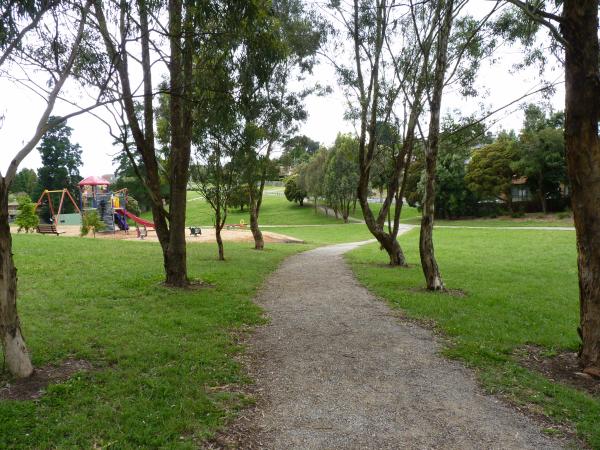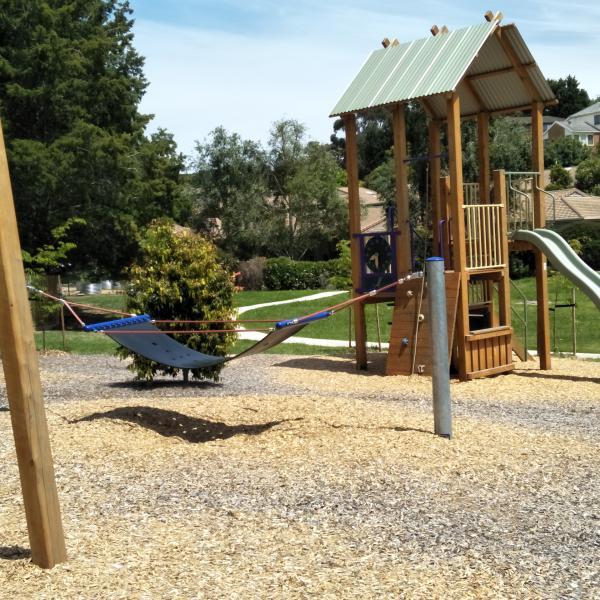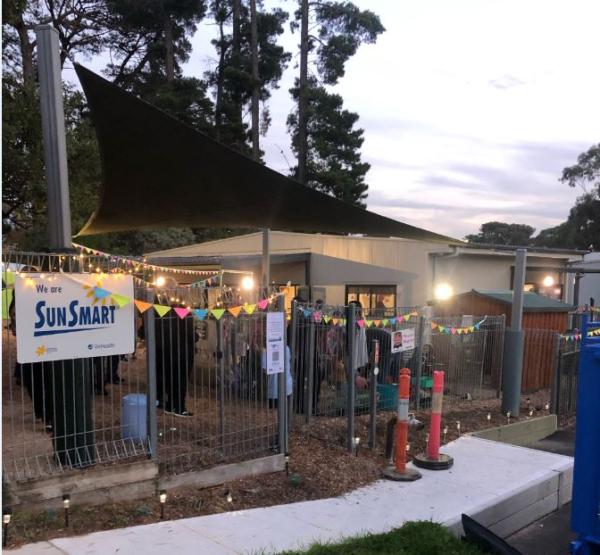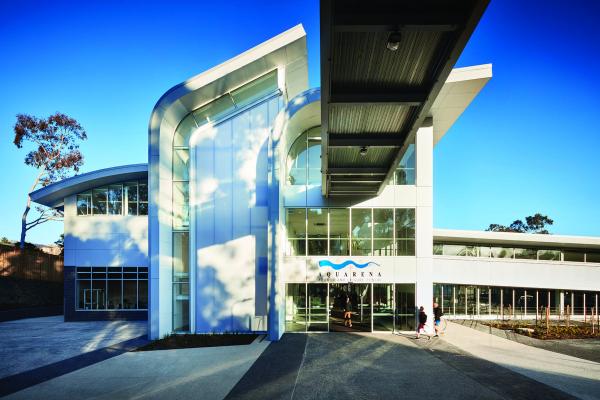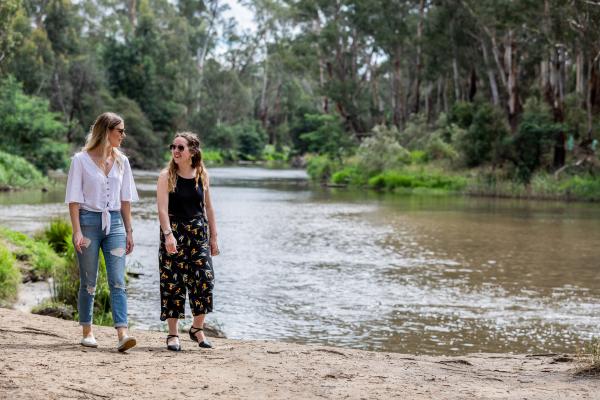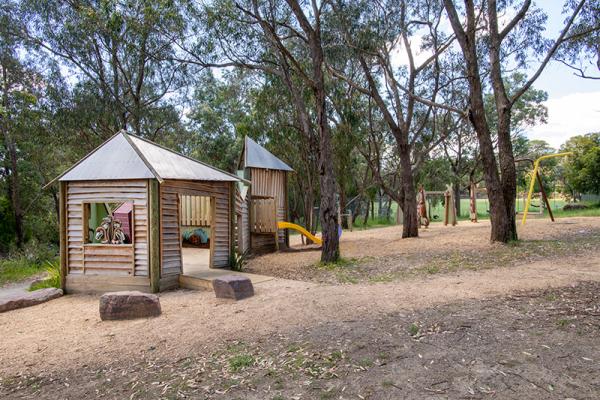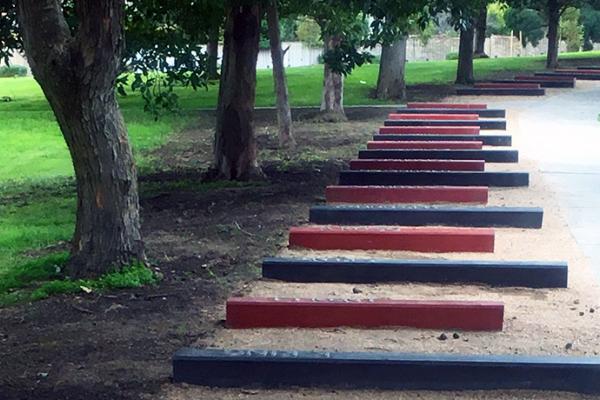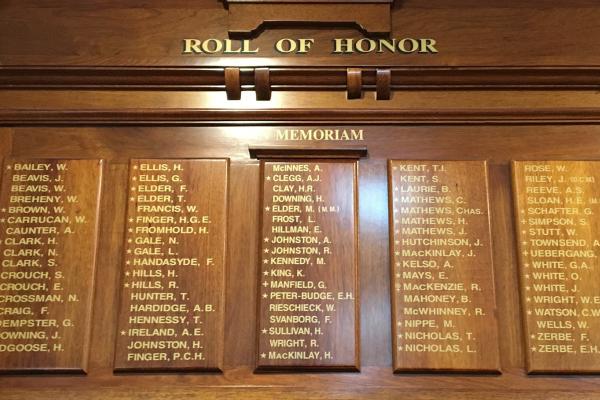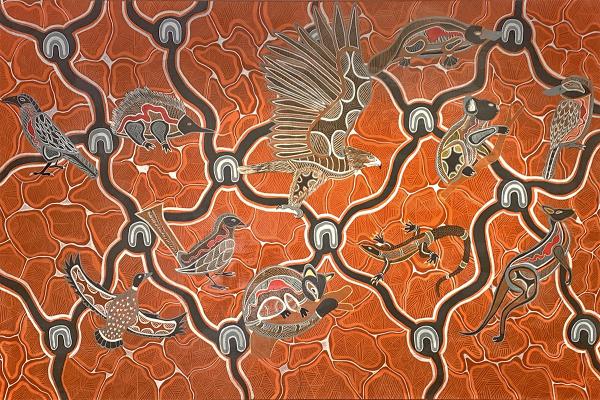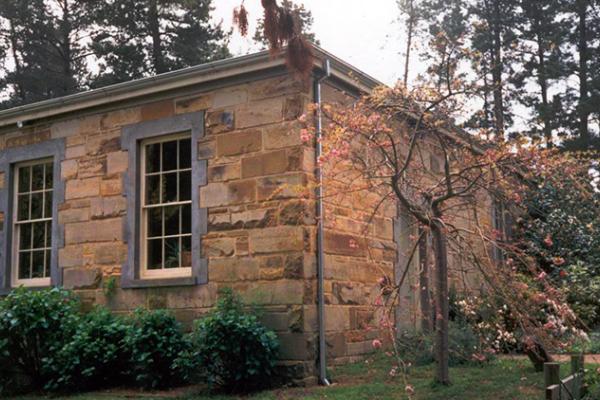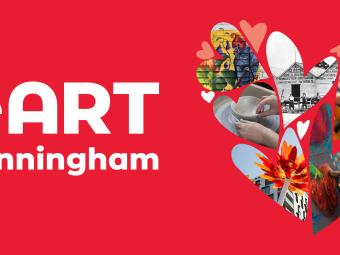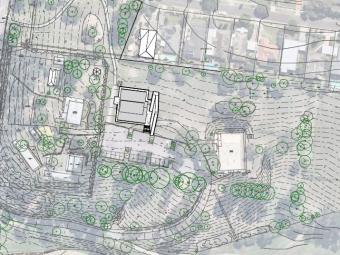Wonga Park
Wonga Park's name comes from the Wonga Park grazing property. The owner of the property, Simon Wonga was also an elder of the Wurundjeri people.
The area was a mixture of orchards, grazing properties and timbered land. It was part of Mooroolbark until the late 1880s when the property came into the hands of an insurance company and other holdings. The land was then sold by the Wonga Park Land Co.
Four years later when small settlements were a way of relieving unemployment after the failure of the land boom, about 20 members of an Eight Hours Pioneer Memorial Association took up small holdings on a former timber reserve.
Development of the township and surrounds was relatively slow until the 1980s after the release of a number of rural and residential subdivisions.




